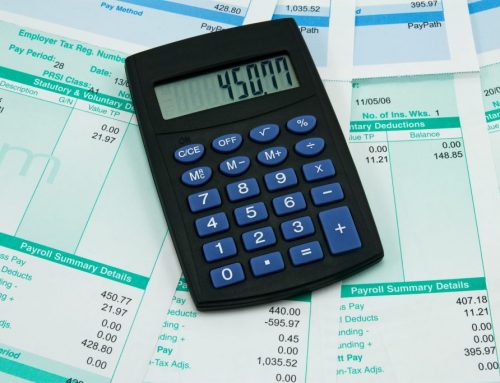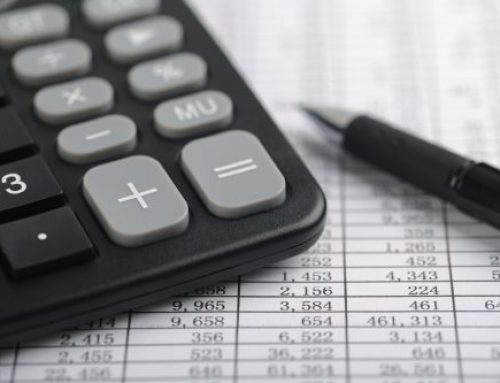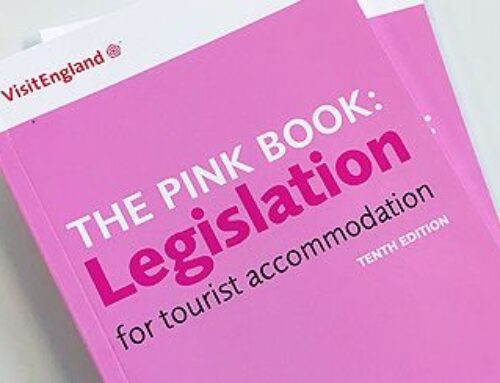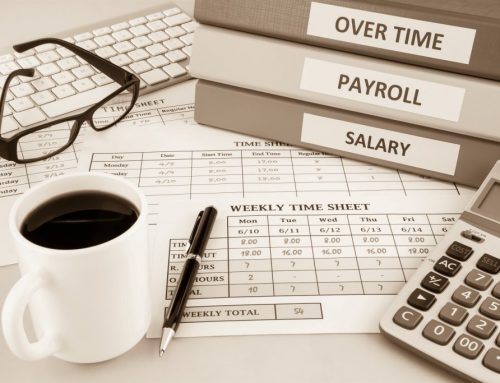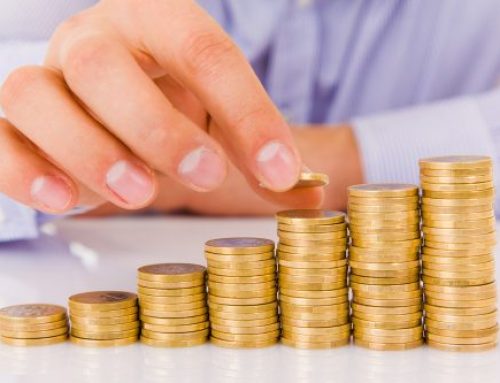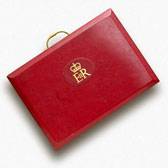
No one could have predicted Philip Hammond (aka ‘Spreadsheet Phil’) would carry on in the vein of George Osborne and continue to bite the hand of the traditional core Tory voter, the small business owner. But that is what he has done, with loud bells on!
We thought the Tory party was on the side of the nascent entrepreneur. Apparently not. Evidence is that they are more on the side of the banks and multinational internet based retailers, that continue to be under-controlled and undertaxed by the scheme of things.
Self-employed National Insurance Rates are to rise, and the dividend tax threshold, with the new (7.5%) tax itself only introduced in 2016/17, is being reduced from £5,000 to £2,000.
On the plus side, all publicans get £1,000 off of their business rates bill. But if that sounds positive, alcohol duty rates are to rise 2%.
You’d think in there may be a reference to an overall vision, strategy or direction. Sadly, despite Brexit this was absent. All we got was nuts and bolts.
Tim Martin, chairman of JD Wetherspoon encapsulates the mood perfectly with this quote:
“In effect this was a Budget for dinner parties, no doubt the preference of the Chancellor and his predecessor”
The main point this year again to make clear is that in the overall scheme of things it is what is commercially achieved in a business that is the main factor in success. Philip Hammond and his budget has only tiny impact on customer service quality, food taste, energy usage and so on -all things that you have day to day control of in your business. Don’t be riled by the Budget – ‘Keep Calm and Carry On’.
National Insurance
The self-employed currently pay two types of National Insurance – class two and class four.
Class two is a flat £2.85 (£2.80 in 2016/17) per week, paid as a part of the annual tax bill. This will be abolished in 2018/19, saving £148.20.
Class four is currently levied at 9% on profits above £8,164. This rate will rise to 10% from April 2018, then 11% from April 2019.
The argument is that employees pay National Insurance at 12% above £8,164 and the self-employed should be brought (up of course) into line, as they are availed of the same
State Pension and NHS facilities as employees. Thus neatly ignoring that the self-employed do not get sick pay, or statutory maternity pay or paid holidays, and when setting up and running their businesses often undertake significant risk, such as putting the value of their home as a guarantee against bank borrowing.
Dividend Allowance
In another move to equalise the employed and self-employed, George Osborne introduced new taxation on dividends paid to individuals at the rate of 7.5% above an allowance of £5,000.
This was to recognise that many individuals working for themselves trade through a company paying a nominal wage, and the remainder by dividend. Dividends are free of National Insurance, thus saving say 9% (2016/17 class four National Insurance).
So presumably 7.5% approximates to 9%, or for the employed 12%, that is if you ignore 13.8% National Insurance that employers pay on payroll. This equalisation and fairness exercise is complex isn’t it?!
‘Spreadsheet Phil’ not one to see the employed too disadvantaged has now reduced the £5k dividend allowance down to £2,000 from April 2018.
That’s clear and fair isn’t it? Maybe. Probably not clear. But it is costly, a straight and clear tax that didn’t exist two years ago, now taxing small business owners an additional 7.5% on a fair chunk of their income.
Business Rates
After many years of delay, new Business Rates valuations will come into effect in April 2017. Business rates are based on property values, which can of course over time, rise and fall. So regular revaluation exercises are undertaken. As this particular valuation was/is a hot potato it had been delayed.
Very generally speaking if your business reported rising profits in the forms completed for the Valuations Office, then your rates will rise. The sector of self-catering cottages has done very well in recent years, so seems to have been hit with severe increases in Business Rates. Pubs on the other hand are a mixed bag, with many seeing profit and thus Business Rate declines, but others with increases.
Pubs thankfully are politically sensitive and so the Chancellor announced a £1,000 Rates discount for any with a rateable value of less than £100k.
Other ameliorating measures for small businesses are:
Firms coming out of Small Business Rate Relief will have a £50 per month cap on any increase.
Local Authorities can provide a further £300m of relief at their discretion.
National Minimum Wage
The national minimum wage for employees aged 25 and over rises from £7.20 to £7.50 on 1st April 2017.
Alcohol Duty and the Sugar Levy
Alcohol duty will rise for beer, cider, wine and spirits
Beer duty will rise by 2p per pint (3.9%). A 75cl bottle of wine will see a rise of 8p, whilst a bottle of vodka will rise by 28p. As an example a bottle of gin has a total duty levy of £8.05. (Then add Vat at 20% – the only tax on a tax.)
The sugar levy is still planned to be introduced in 2018, when drinks with at least 5 grams of sugar per 100ml will be taxed at 18p per litre, rising to 24p per litre for those with 8 grams per 100ml.
Interest Relief for Landlords (a Reminder)
As announced last year, 2017/18 is the first year that the transition starts for property landlords and the restriction to interest charges being included in the calculation of expenses towards the threshold of higher rate tax.
In 2017/18 25% of interest charges will be disallowed, thus pushing landlords at the cusp of the higher rate threshold (£45,000) into higher rate tax (40%).
Rates Thresholds and Allowances
There have been no amendments to previously advised changes to the main tax rates, thresholds and allowances. Here is a summary of key items:
| Income Tax Personal Allowance | £11,500 (2016/17 £11,000) |
| Higher rate threshold (inclusive of pers. allow.) | £45,000 (2016/17 £43,000) |
| Basic rate income tax | 20% |
| Higher rate | 40% |
| Capital Gains Tax Allowance | £11,300 (2016/17 £11,100) |
| Basic rate capital gains | 10% |
| Higher rate | 20% |
| Basic rate gains on property | 18% |
| Higher rate gains on property | 28% |
| Entrepreneurs rate | 10% |
| Inheritance Tax single person nil rate band | £325,000 |
| Married couples nil rate band | £650,000 |
| Basic rate | 40% |
| Business Property Relief | 100% |
| Corporation Tax | 19% (20%) |
| Capital Allowances – writing down rate | 18% |
| Annual investment allowance | £200,000 |
| Vat standard rate | 20% |
| Registration threshold | £85,000 (£83,000) |

